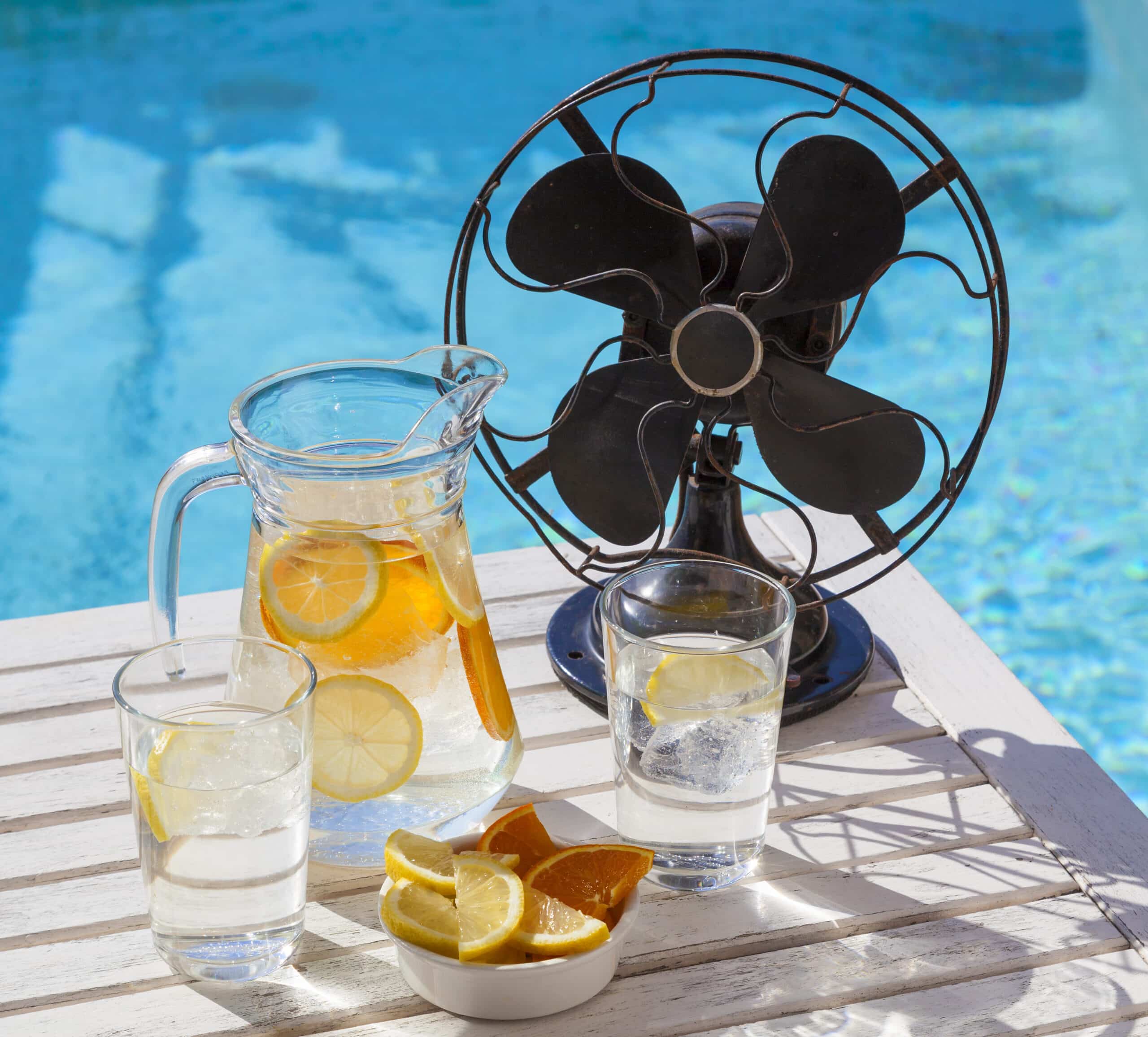During the warmer months the body loses more water and vital electrolytes via sweating, eating healthy hydrating foods and help to keep the body hydrated and provide a variety of beneficial nutrients. We’ve collected a list of healthy foods that contain at least 85% water which makes them great choices to help fulfill a person’s hydration needs.
Cucumber has a 96.73% water content, they are a great source of potassium, phosphorus, magnesium, and calcium. Cucumbers may not have as high a vitamin and mineral content as other food but they contain cucurbitacins which are suggested to have an antidiabetic effect.
Iceberg lettuce has a 95.64% water content, it may not be as nutrient dense as other counterparts but it is low in carbohydrates and sugar while containing fiber, vitamins A and K, potassium, as well as zinc.
Celery has a 95.43% water content, it is low in calories, protein, and carbohydrates but makes up for it in fiber content. Celery also contains vitamins A and K, folate as well as potassium.
Tomatoes have a 94.52% water content, and is rich in fiber, vitamin C and K, folate, potassium, and lycopene that helps to prevent cell damage.
Romaine lettuce has a 93.47% water content, and is a great source of vitamins A, C and K, folate, and fiber.
Zucchini has a 92.73% water content, and contains manganese, potassium, magnesium, fiber, as well as vitamins A, C, and K. Zucchini also contains lutein and zeaxanthin antioxidants that help to fight DNA damage.
Watermelon has a 91.45% water content, and contains vitamins A, B, C, potassium, zinc, copper, and many other minerals. One cup of this sweet fruit contains only 45.6 calories making it a great hydrating snack.
Spinach has a 91.4% water content, and is a great source of magnesium, calcium, iron, potassium, vitamins A and K, fiber and folate.
Strawberries contain antioxidants that fight free radicals, they are high in fiber, low in calories, and contain a high vitamin C content.
Cantaloupe has a 90.15% water content, it is a source of beta carotene which the body turns into vitamin A, and it is rich in vitamin C and fiber making it another perfect hydrating snack.
Honeydew melon has an 89.82% water content, it is a great source of potassium, vitamin C, folate, magnesium, and vitamin K, although it has a high natural sugar content like most melons.
Kale has an 89.63% water content, and contains high contents of vitamins A, C, and K as well as containing calcium, fiber, protein, omega-3 fatty acids, iron, some B vitamins, and anti-inflammatory phytochemicals.
Broccoli has an 89.3% water content, this cruciferous veggie is almost 90% water and contains several anti-aging antioxidants, fiber, iron, potassium, as well as vitamins C and K.
Peaches have an 88.87% water content, and are packed full of potassium, phosphorus, and plenty of vitamins such as vitamins A, C, E, and K.
Carrots have an 88.29% water content, and are good sources of potassium, folate, fiber, vitamin K, and carotene. Carrots come in a variety of colours and make a great snack or addition to just about any meal.
Oranges have an 86.75% water content, they are great sources of vitamin C, fiber, potassium, copper, selenium, magnesium, several B vitamins, and help the body to absorb iron from other food sources.
Pineapples have an 86% water content, and are packed with many nutrients including vitamin C, magnesium, potassium, manganese, B vitamins, and bromelain enzymes that help to fight inflammation, and digestive problems.
Apples have an 85.56% water content, they come in many colours and are great sources of fiber, vitamin C, as well as anti-aging antioxidants such as catechin and quercetin.
Water remains the most beneficial healthy beverage that the body can use with ease, which contains no additives, sugar, calories, or other ingredients. For those who don’t care for plain water or just want some variety try adding fruits, veggies, or herbs to water which will infuse some flavour without adding calories or sugar.
Try adding watermelon, mint leaves, lemon, cucumber, lemon, limes, pineapples, or strawberries to water for natural flavourings. If you crush these foods before adding them to water it will help to bring out more natural flavours, and letting them soak in water in the refrigerator for several hours will help as well.
Certain herbal teas may make a good alternative to water as well, but watch for varieties that add sugar and sweeteners. Green and black tea also comes in decaffeinated varieties to help you stay hydrated.
Soda drinkers may want to consider switching to sparkling water with lemon or lime to significantly reduce daily sugar intake.
Some think sports drinks make a good solution to water as they contain the electrolytes sodium and potassium which may be useful during vigorous exercise. However, water is still the best choice as it is free of sweeteners, sugars, and other additives that lead to excess calories, weight gain, and tooth decay.
Staying hydrated is more than just drinking water, food contains water and additional nutrients that are important to health. A diet rich in fruits and veggies is the best way to keep the body supplied with the vitamins, minerals, fiber, and water that it needs.




